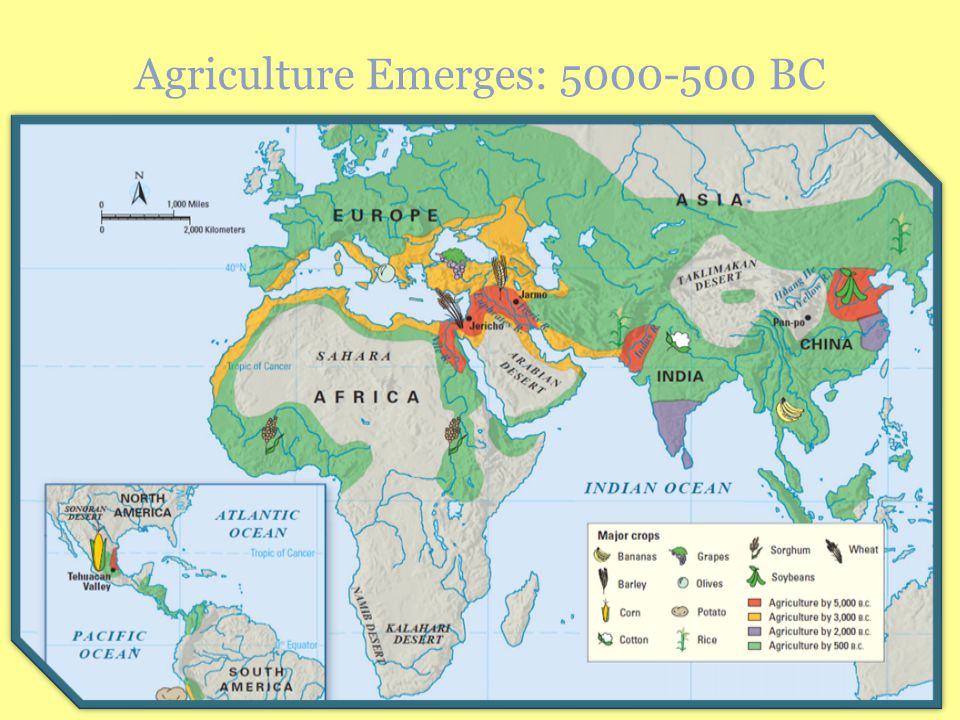Egyptians were (and still mostly are) caucasian, as with everyone above the Sahara. For clarification, when semi-literates (no offense JordanN) say "Africans" they almost always mean "Sub-Saharan Africans". There's a reason that DNA sites like 23&Me group North Africa and the Middle East together.
And indeed, sub-saharan africans are one of only a few groups that never experienced an Agricultural revolution, most certainly the largest.
Further, 'words are made up and nothing means anything' is a bad argument. If you are over the age of six and not suffering from any developmental impairments you surely know what he means when he says 'Dutch', The same way you know that a German Shepard does not refer to any dog that happens to live in Germany.
What? Nothing you said was correct.
Where are you getting this information?
https://en.wikipedia.org/wiki/Ancient_Egyptian_race_controversy
It is now largely agreed that Dynastic Egyptians were indigenous to the Nile area. About 5,000 years ago, the
Sahara area dried out, and part of the indigenous Saharan population retreated east towards the Nile Valley. In addition, peoples from the
Middle East entered the Nile Valley, bringing with them
wheat,
barley, sheep, goats, and possibly cattle.
[24] Dynastic Egyptians referred to their country as "The Two Lands". During the Predynastic period (about 4800 to 4300BC), the
Merimde cultureflourished in the northern part of Egypt (
Lower Egypt).
[25] This culture, among others, has links to the
Levant in the Middle East.
[26][27] The pottery of the later
Buto Maadi culture, best known from the site at
Maadi near
Cairo, also shows connections to the southern
Levant.
[28] In the southern part of Egypt (
Upper Egypt), the predynastic
Badarian culture was followed by the
Naqada culture. These people seem to be more closely related to the Nubians than to northern Egyptians.
[29][30]
https://en.wikipedia.org/wiki/Economic_history_of_Africa#Origins_of_agriculture
Origins of agriculture[edit]
The first agriculture in Africa began in the heart of the
Sahara Desert, which in 5200 BC was far more moist and densely populated than today. Several native species were domesticated, most importantly
pearl millet,
sorghum and
cowpeas, which spread through
West Africa and the
Sahel. The Sahara at this time was like the Sahel today. Its wide open fields made cultivation easy, but the poor soil and limited rain made intensive farming impossible. The local crops were also not ideal and produced fewer calories than those of other regions. These factors limited surpluses and kept populations sparse and scattered.[
citation needed]
North Africa took a very different route from the southern regions. Climatically it is linked to the
Middle East and the
Fertile Crescent, and the agricultural techniques of that region were adopted wholesale. This included a different set of crops, such as
wheat,
barley, and
grapes. North Africa was also blessed by one of the richest agricultural regions in the world in the
Nile River valley. With the arrival of agriculture, the Nile region became one of the most densely populated areas in the world, and
Egypt home to one of the first civilizations.
The drying of the Sahara created a formidable barrier between the northern and southern portions of the continent. Two important exceptions were Nubian
Sudan, which was linked to Egypt by the Nile and
Ethiopia, which could trade with the northern regions over the
Red Sea. Powerful states grew up in these regions such as
Kush in Nubia (modern day Northern Sudan and Southern Egypt) and
Aksum in Ethiopia. Especially from Nubia, ideas and technologies from the Middle East and Europe reached the rest of Africa.
Historians believe that iron working developed independently in Africa. Unlike other continents Africa did not have a period of
copper and
bronze working before their
Iron Age. Copper is quite rare in Africa while iron is quite common. In Nubia and Ethiopia, iron, trade, and agricultural surpluses lead to the establishment of cities and civilizations.
The Bantu expansion[edit]
Further information:
Bantu expansion
Ordinarily, in the sparsely populated areas, this same period saw the expansion of the
Bantu speaking peoples. The
Bantu expansion began in Southern Cameroon around 4000 years ago. Bantu languages are spoken there today and there is archaeological evidence for incoming Neolithic farmers in Northern Gabon c. 3800 BC. It is known that Bantu expansion was extremely rapid and massive, but its exact engine remains controversial. This period predated iron, which appears in the archaeological record by 2500 BC.
One of the early expansions of Bantu was the migration of the
Bubi to
Fernando Po (Bioko). They were still using
stone technology at first. The difficulties of cutting down the equatorial forest for farming have led to the suggestion that the primary expansion was along river valleys, a hypothesis supported by studies of fish names. Another factor may have been the arrival of southeast-Asian food crops, notably the
AAB plantain, the
cocoyam and the
water-yam. Linguistic reconstructions suggest that the only livestock possessed by the proto-Bantu was the goat. Over the centuries the entire southern half of Africa was covered with the group, excluding only the
Kalahari desert. Their expansion only ended relatively recently. In the year 1000, Arab traders described that the Bantu had not reached as far as
Mozambique, and European settlers observed the Bantu expansion into South Africa under the
Zulu and others.
The importation Bantu pastoralism reshaped the continent's economy. Sometime in the first millennium, an equally important change began as crops began to arrive from
Southeast Asia. The
Indian Ocean has always been far more open to trade than the turbulent
Atlanticand
Pacific. Traders could ride the
monsoon winds west early in the year and return east on them later. It is guessed that these crops first arrived in
Madagascar, which also adopted Southeast Asian languages, sometime between AD 300 and 800. From the island, the crops crossed to African Great Lakes region. They included many crops, the most important being the
banana.
The banana and other crops allowed for more intensive cultivation in the tropical regions of Africa, this was most notable in the
Great Lakes region, and area with excellent soil, that saw many cities and states form, their populations being fed largely
Further, agriculture appears to independently appeared in only a few locations world-wide, with much of Europe receiving agriculture at similar times as sub-Saharan Africa. In other parts of the world, particularly the Americas, Mongolia, vast parts of agriculture is almost non-existent in much of the southern hemisphere around and below the equator in all continents, thus Africa and sub-saharan africa being the largest region to not experience an agriculture revolution isn't correct in any amount of framing.










